Home>Gardening & Outdoor>Landscaping Ideas>What Causes Red Thread In Grass
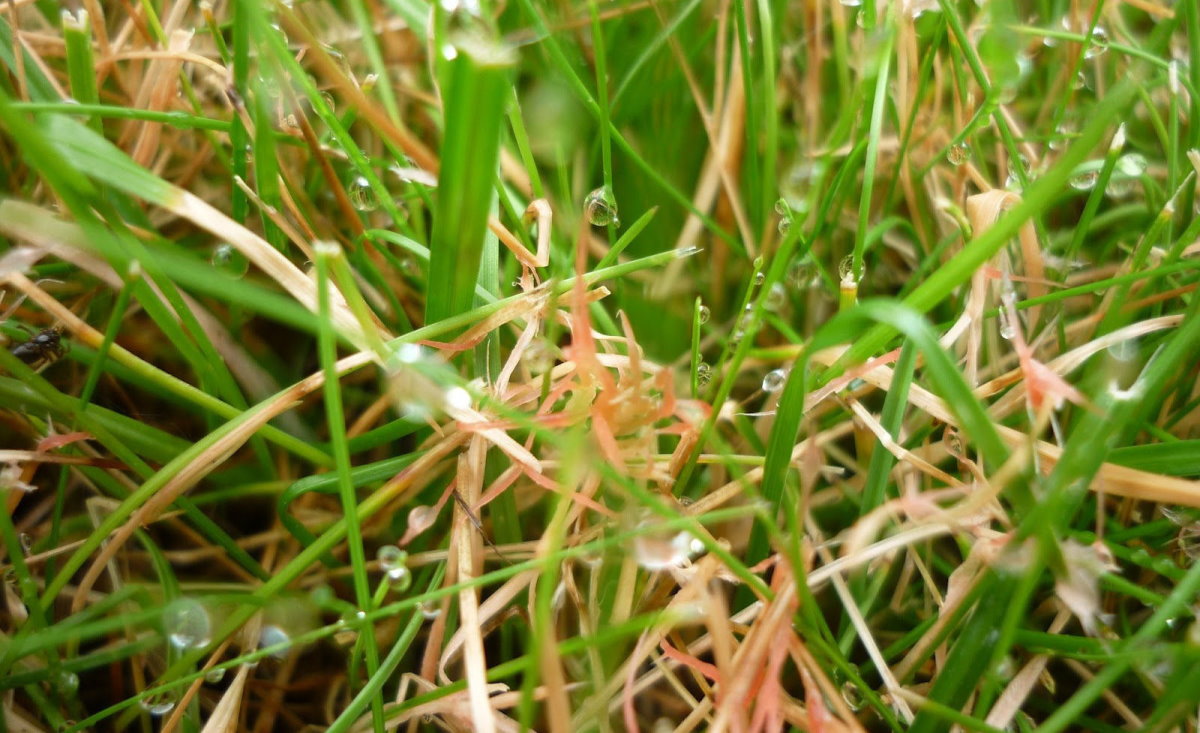

Landscaping Ideas
What Causes Red Thread In Grass
Published: January 27, 2024
Learn about the causes of red thread in grass and discover effective landscaping ideas to prevent and treat this common lawn disease. Explore expert tips for maintaining a healthy and vibrant lawn.
(Many of the links in this article redirect to a specific reviewed product. Your purchase of these products through affiliate links helps to generate commission for Storables.com, at no extra cost. Learn more)
Introduction
Landscaping enthusiasts and homeowners alike take pride in the lush green expanse of their lawns. However, the emergence of red thread, a fungal disease that affects grass, can mar the beauty of these landscapes. Understanding the causes of red thread in grass is pivotal to its prevention and management.
Red thread is a common lawn disease that can affect various grass species, causing unsightly patches and weakening the overall health of the turf. Identifying the underlying factors that contribute to the development of red thread is essential for devising effective strategies to combat this issue. In this comprehensive guide, we will delve into the environmental conditions, fungal pathogens, and grass species that are associated with the occurrence of red thread. Furthermore, we will explore management and prevention techniques to help you safeguard your lawn from this detrimental affliction.
By gaining insight into the intricacies of red thread in grass, you can take proactive measures to nurture a vibrant and resilient lawn. Let's embark on a journey to unravel the mysteries of red thread and empower ourselves with the knowledge to preserve the splendor of our outdoor spaces.
Key Takeaways:
- Red thread in grass is caused by environmental factors like high humidity and nutrient deficiencies. Implementing balanced fertilization and optimizing air circulation can help prevent this fungal disease and maintain a vibrant lawn.
- Certain grass species, such as fine fescue and perennial ryegrass, are more susceptible to red thread. Tailoring lawn care practices and selecting less vulnerable grass species can help mitigate the impact of this fungal disease and preserve the health and visual appeal of the turf.
Read more: How To Treat Red Thread In Lawns
What is Red Thread?
Red thread is a fungal disease that commonly affects turfgrasses, manifesting as pinkish-red mycelium strands that extend from the tips of the grass blades. This unsightly condition can give the lawn a disheveled appearance, causing concern among homeowners and landscapers alike. The presence of red thread is often indicative of underlying issues within the lawn ecosystem, prompting the need for a deeper understanding of its nature and causes.
The development of red thread is often favored by specific environmental conditions, including prolonged periods of high humidity and moisture. It tends to thrive in cool, damp climates, making it a prevalent concern in regions with temperate weather patterns. Additionally, nutrient deficiencies, particularly in nitrogen, can render the grass more susceptible to red thread infestation. Therefore, it is crucial to maintain a balanced fertilization regimen to fortify the grass against this fungal affliction.
Furthermore, red thread is known to target various grass species, with fine fescue and perennial ryegrass being particularly vulnerable. Identifying the grass species present in the lawn is integral to understanding its susceptibility to red thread and implementing tailored preventive measures. By recognizing the distinct characteristics of red thread and its predisposing factors, homeowners and landscaping professionals can adopt a proactive stance in preserving the health and aesthetics of their lawns.
As we unravel the intricacies of red thread, it becomes evident that a multifaceted approach is necessary to address this issue effectively. By delving into the environmental conditions, fungal pathogens, and grass species associated with red thread, we can equip ourselves with the knowledge needed to combat this fungal disease and uphold the vitality of our lawns.
Environmental Conditions
The development of red thread in grass is intricately linked to specific environmental conditions that create a conducive habitat for the proliferation of the fungal pathogen responsible for this affliction. Understanding these environmental factors is crucial for preemptive measures and targeted interventions to mitigate the risk of red thread infestation.
One of the primary environmental conditions that facilitates the onset of red thread is prolonged periods of high humidity and moisture. In regions characterized by cool, damp climates, the prevalence of red thread is notably higher, posing a significant challenge to maintaining the health and aesthetic appeal of lawns. Furthermore, inadequate air circulation, often exacerbated by dense thatch buildup, can exacerbate the moisture retention in the turf, creating an environment that is favorable for the development of red thread.
Moreover, nutrient deficiencies, particularly in nitrogen, can render the grass more susceptible to red thread infestation. Nitrogen plays a pivotal role in bolstering the vigor and resilience of the grass, making it more resistant to fungal diseases. Therefore, a comprehensive understanding of the soil’s nutrient composition and the implementation of a balanced fertilization regimen are imperative for fortifying the grass against red thread.
Additionally, environmental stressors such as compacted soil and inadequate drainage can compromise the overall health of the turf, rendering it more susceptible to red thread infestation. By addressing these environmental stressors and optimizing the growing conditions for the grass, homeowners and landscapers can create an inhospitable environment for the proliferation of red thread.
By recognizing the profound influence of environmental conditions on the emergence of red thread, individuals can implement proactive measures to mitigate these predisposing factors. Through strategic lawn management practices that optimize air circulation, address nutrient deficiencies, and alleviate environmental stressors, the risk of red thread infestation can be significantly reduced, fostering the cultivation of vibrant and resilient lawns.
Fungal Pathogen
The emergence of red thread in grass can be attributed to the presence of a fungal pathogen known as Laetisaria fuciformis. This fungal species is responsible for the formation of the characteristic pinkish-red mycelium strands that give red thread its name. Understanding the nature and behavior of this fungal pathogen is pivotal to devising effective strategies for its control and prevention.
Laetisaria fuciformis thrives in environments characterized by high humidity and moisture, making it particularly prevalent in regions with cool, damp climates. The fungal spores can persist in the thatch and soil, awaiting the opportune conditions for germination and proliferation. Once conducive environmental conditions are met, the fungal pathogen becomes active, initiating the development of red thread on susceptible grass species.
Notably, the presence of Laetisaria fuciformis is indicative of underlying issues within the lawn ecosystem, necessitating a comprehensive approach to address its predisposing factors. Nutrient deficiencies, especially in nitrogen, can render the grass more susceptible to red thread infestation, underscoring the importance of balanced fertilization to fortify the grass against the fungal pathogen.
Furthermore, the management of thatch and organic debris is crucial for mitigating the risk of red thread. Thatch buildup can create a favorable environment for the persistence and proliferation of Laetisaria fuciformis, exacerbating the susceptibility of the grass to red thread infestation. Implementing effective thatch management practices, such as core aeration and dethatching, can disrupt the habitat of the fungal pathogen, reducing its prevalence in the lawn.
By gaining insight into the behavior and vulnerabilities of Laetisaria fuciformis, homeowners and landscaping professionals can implement targeted measures to mitigate its impact. A holistic approach that addresses environmental conditions, nutrient management, and thatch control is essential for curbing the proliferation of this fungal pathogen and preserving the health and aesthetics of the lawn.
Red thread in grass is often caused by low nitrogen levels in the soil. To prevent it, make sure to fertilize your lawn with a nitrogen-rich fertilizer and improve soil drainage to reduce moisture levels.
Grass Species
The susceptibility of grass species to red thread varies, with certain varieties exhibiting heightened vulnerability to this fungal disease. Fine fescue and perennial ryegrass are among the grass species that are particularly prone to red thread infestation, necessitating targeted management and preventive measures to safeguard their health and vitality.
Fine fescue, encompassing various sub-species such as creeping red fescue and chewings fescue, is renowned for its fine texture and shade tolerance, making it a popular choice for lawns and landscapes. However, its predisposition to red thread warrants careful attention to its cultivation and maintenance. The fine blades of fine fescue, while aesthetically appealing, can harbor the characteristic pinkish-red mycelium strands of red thread, compromising the visual appeal of the lawn.
Similarly, perennial ryegrass, valued for its rapid establishment and lush appearance, is susceptible to red thread infestation, particularly in environments conducive to the proliferation of the fungal pathogen. The dense growth habit of perennial ryegrass can create an environment that retains moisture, exacerbating the risk of red thread development. As such, proactive measures are essential to mitigate the impact of red thread on this grass species.
Identifying the grass species present in the lawn is integral to understanding the unique vulnerabilities and requirements for effective management. Tailoring lawn care practices to the specific needs of fine fescue and perennial ryegrass, such as optimizing fertilization and implementing strategic thatch management, can bolster their resilience against red thread infestation.
Moreover, the selection of grass species for new lawn installations should take into account the prevalence of red thread in the region and the inherent susceptibility of certain varieties. By opting for grass species with lower susceptibility to red thread, homeowners and landscapers can proactively reduce the risk of fungal infestation, fostering the cultivation of vibrant and resilient lawns.
By recognizing the distinct vulnerabilities of grass species to red thread, individuals can implement targeted measures to fortify their lawns against this fungal disease. Through informed grass selection and tailored lawn care practices, the impact of red thread can be mitigated, preserving the health and visual allure of the turf.
Read more: What Causes Red Stains In Toilet Bowl
Management and Prevention
Effectively managing and preventing red thread in grass entails a multifaceted approach that addresses environmental conditions, fungal pathogens, and grass species susceptibilities. By implementing proactive measures and targeted interventions, homeowners and landscaping professionals can mitigate the risk of red thread infestation and preserve the health and aesthetics of their lawns.
One of the fundamental strategies for managing red thread involves optimizing the environmental conditions within the lawn. Improving air circulation through regular core aeration and addressing thatch buildup can mitigate the moisture retention that fosters the proliferation of red thread. Additionally, ensuring adequate drainage and minimizing environmental stressors can create an inhospitable environment for the fungal pathogen, reducing its prevalence in the turf.
Implementing a balanced fertilization regimen is pivotal for fortifying the grass against red thread infestation. Nitrogen, in particular, plays a crucial role in bolstering the vigor and resilience of the grass, making it more resistant to fungal diseases. Conducting soil tests to assess nutrient deficiencies and tailoring fertilization practices to address these shortcomings can significantly reduce the susceptibility of the grass to red thread.
Strategic grass selection, especially in regions prone to red thread, can mitigate the risk of fungal infestation. Opting for grass species with lower susceptibility to red thread, such as Kentucky bluegrass, can proactively reduce the likelihood of infestation, fostering the cultivation of vibrant and resilient lawns.
Furthermore, practicing effective thatch management, such as periodic dethatching, can disrupt the habitat of the fungal pathogen, reducing its prevalence in the lawn. Regular mowing at the appropriate height and consistent lawn maintenance practices can also contribute to the prevention of red thread, promoting the overall health and vitality of the turf.
By integrating these strategies into a comprehensive lawn care regimen, individuals can proactively mitigate the risk of red thread infestation and preserve the visual allure of their outdoor spaces. Through a proactive and informed approach to lawn management, the impact of red thread can be minimized, fostering the cultivation of vibrant and resilient lawns.
Conclusion
Red thread in grass poses a significant challenge to the health and aesthetics of lawns, necessitating a nuanced understanding of its causes and effective management strategies. By unraveling the intricacies of red thread, we have gained insight into the environmental conditions, fungal pathogens, and grass species susceptibilities that contribute to its development. Furthermore, we have explored proactive measures and targeted interventions that can mitigate the risk of red thread infestation and preserve the vitality of the turf.
Environmental conditions, including high humidity, moisture retention, and nutrient deficiencies, create a conducive habitat for the proliferation of red thread. By optimizing air circulation, addressing thatch buildup, and implementing balanced fertilization practices, individuals can create an inhospitable environment for the fungal pathogen, reducing its prevalence in the lawn.
The fungal pathogen Laetisaria fuciformis is responsible for the formation of red thread and thrives in environments characterized by high humidity and moisture. Targeted measures, such as strategic grass selection and effective thatch management, can disrupt the habitat of the fungal pathogen, mitigating its impact on the lawn.
Grass species susceptibilities, particularly fine fescue and perennial ryegrass, underscore the need for tailored lawn care practices to fortify their resilience against red thread infestation. By selecting grass species with lower susceptibility to red thread and implementing strategic lawn care practices, the impact of this fungal disease can be mitigated, preserving the health and visual allure of the turf.
By integrating these insights into a comprehensive lawn care regimen, individuals can proactively mitigate the risk of red thread infestation and foster the cultivation of vibrant and resilient lawns. Through informed grass selection, targeted interventions, and proactive lawn management, the impact of red thread can be minimized, allowing homeowners and landscaping professionals to preserve the splendor of their outdoor spaces.
Armed with this knowledge, individuals can embark on a journey to nurture vibrant, healthy lawns that are resilient against the challenges posed by red thread, ensuring that their outdoor spaces remain a source of pride and natural beauty.
Frequently Asked Questions about What Causes Red Thread In Grass
Was this page helpful?
At Storables.com, we guarantee accurate and reliable information. Our content, validated by Expert Board Contributors, is crafted following stringent Editorial Policies. We're committed to providing you with well-researched, expert-backed insights for all your informational needs.
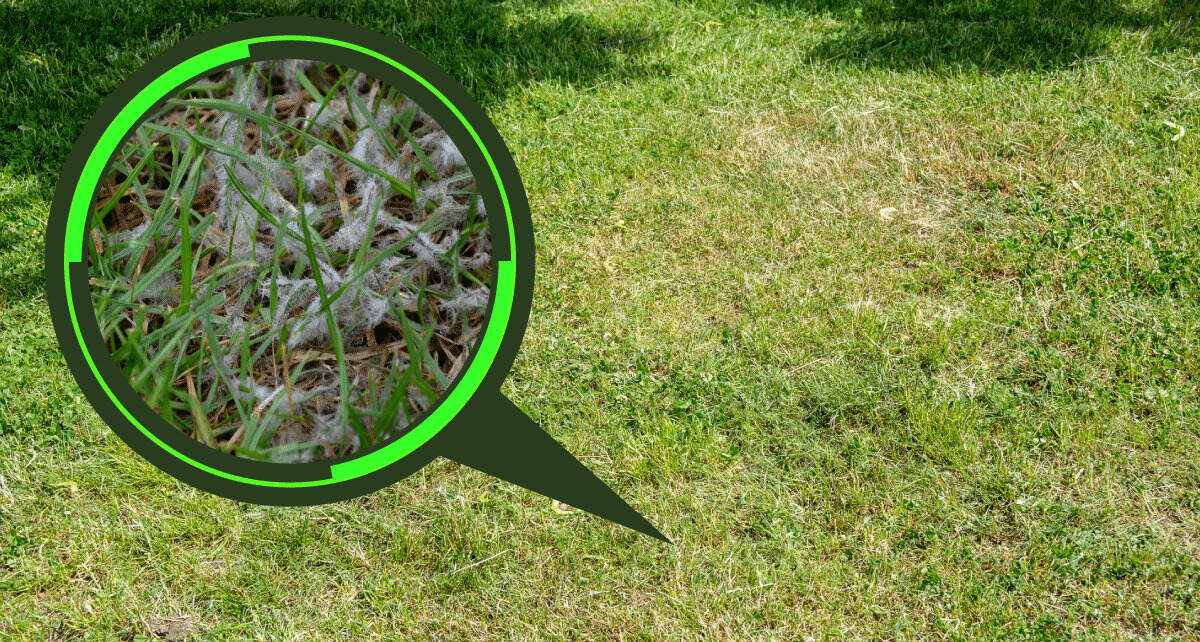
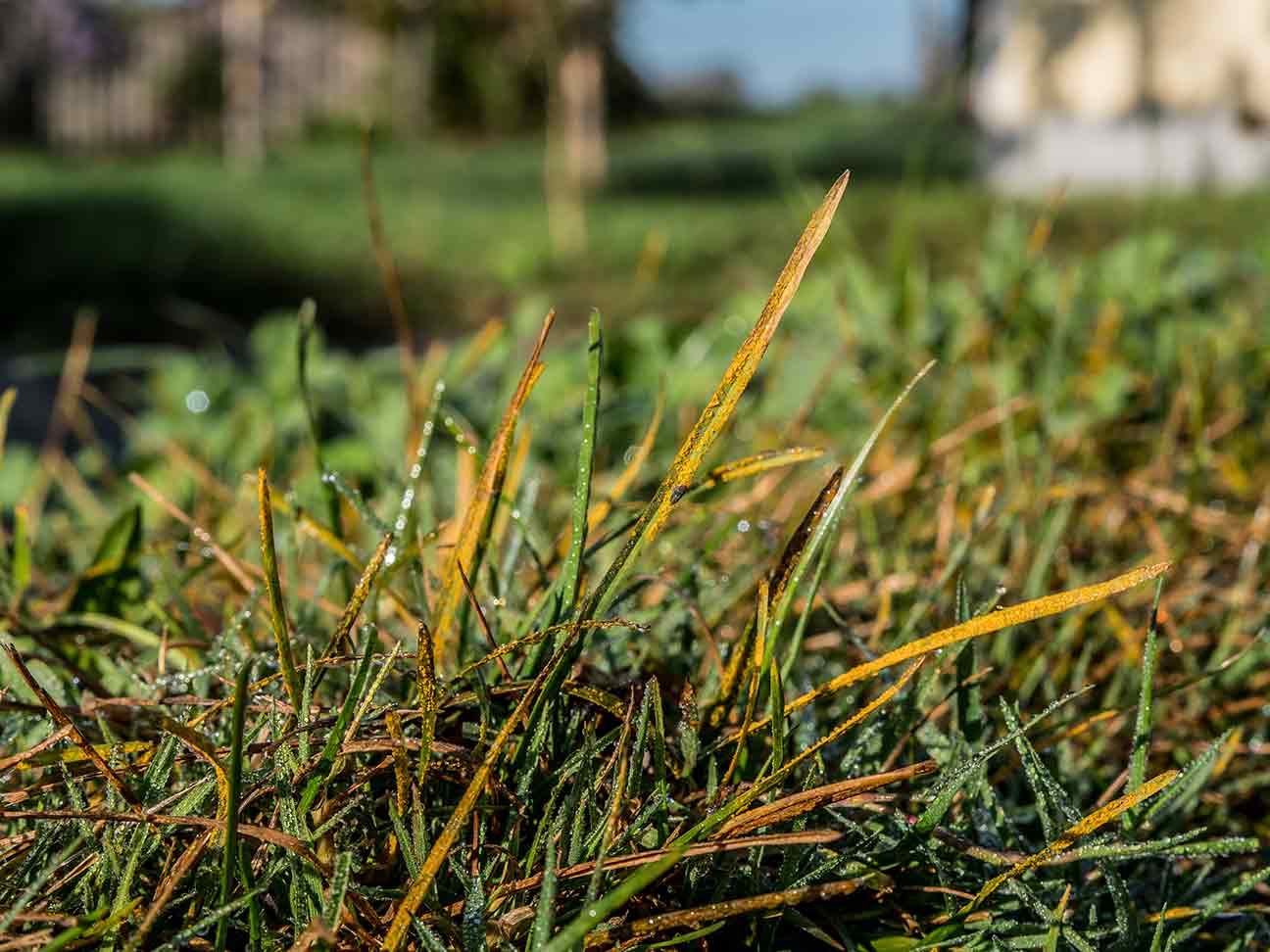
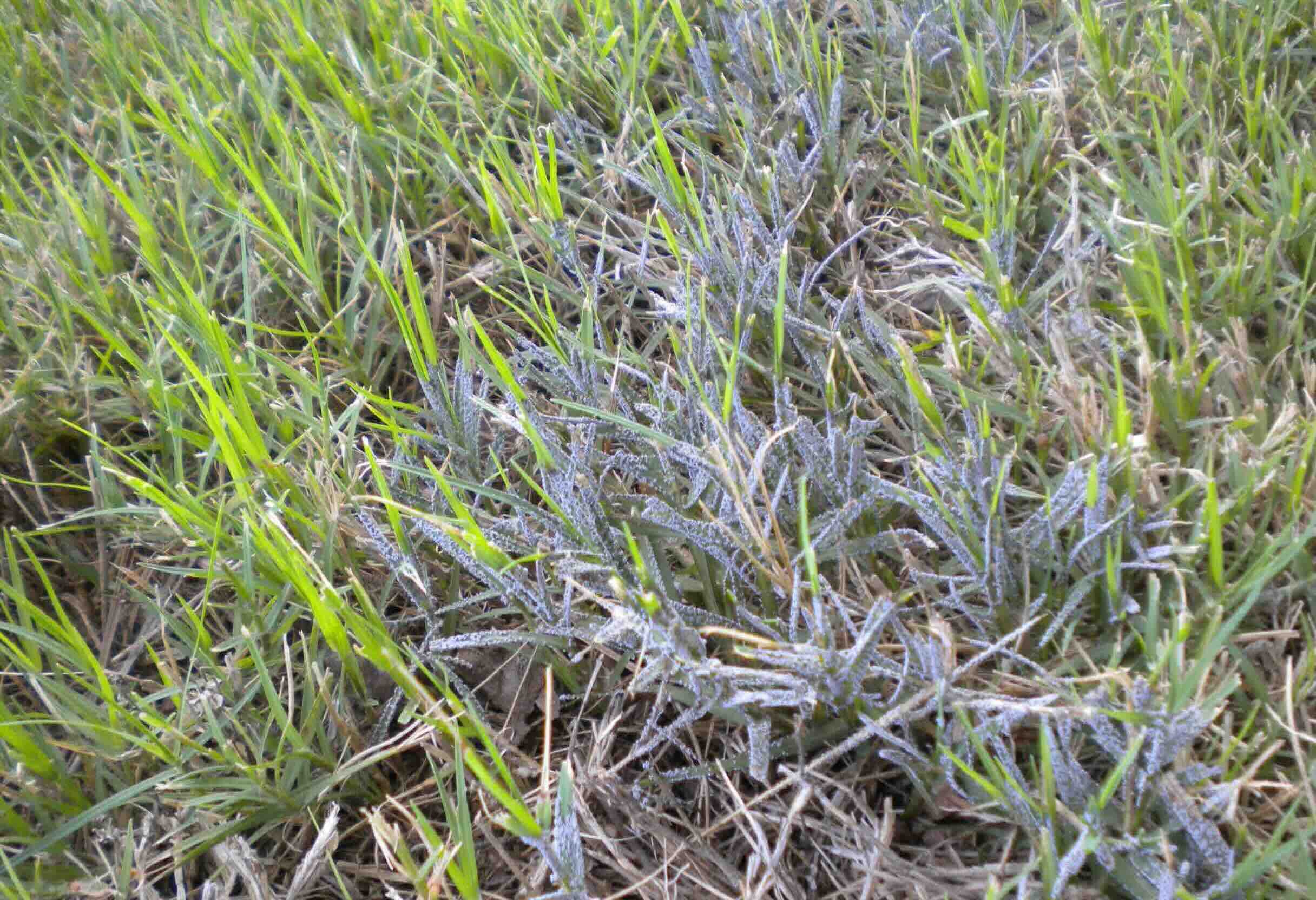
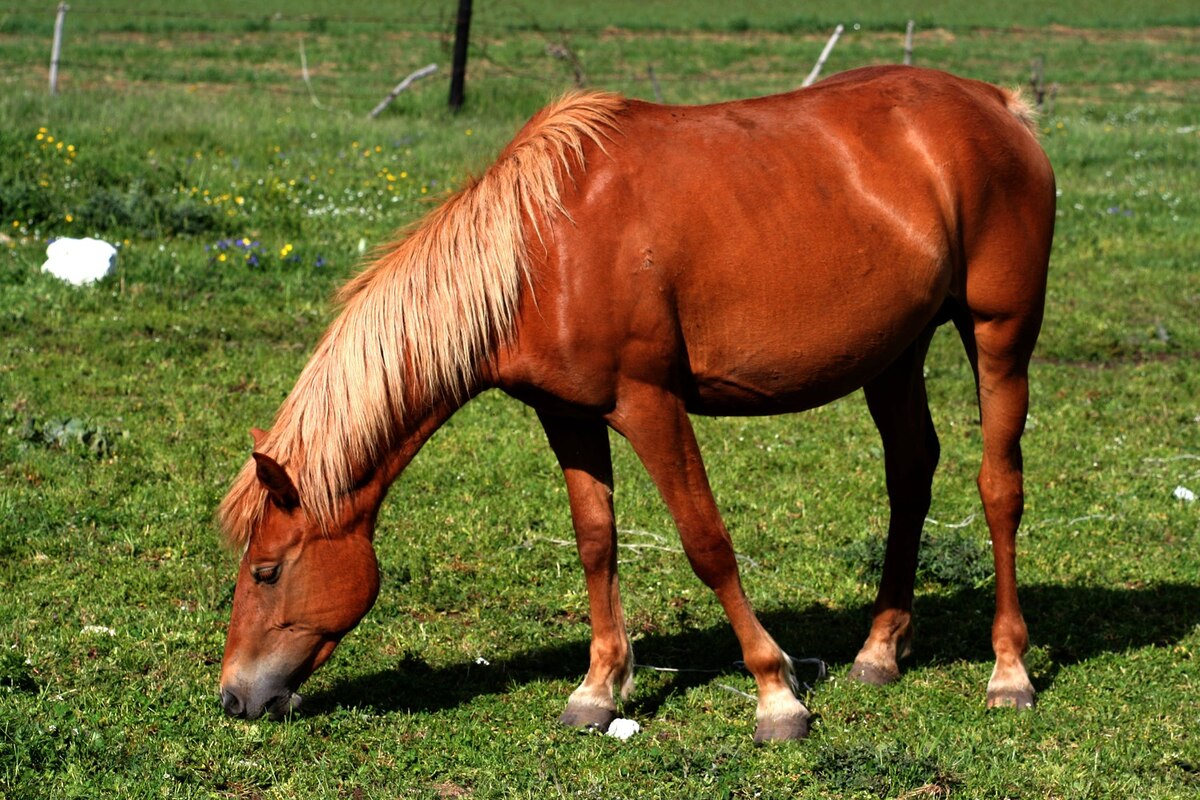
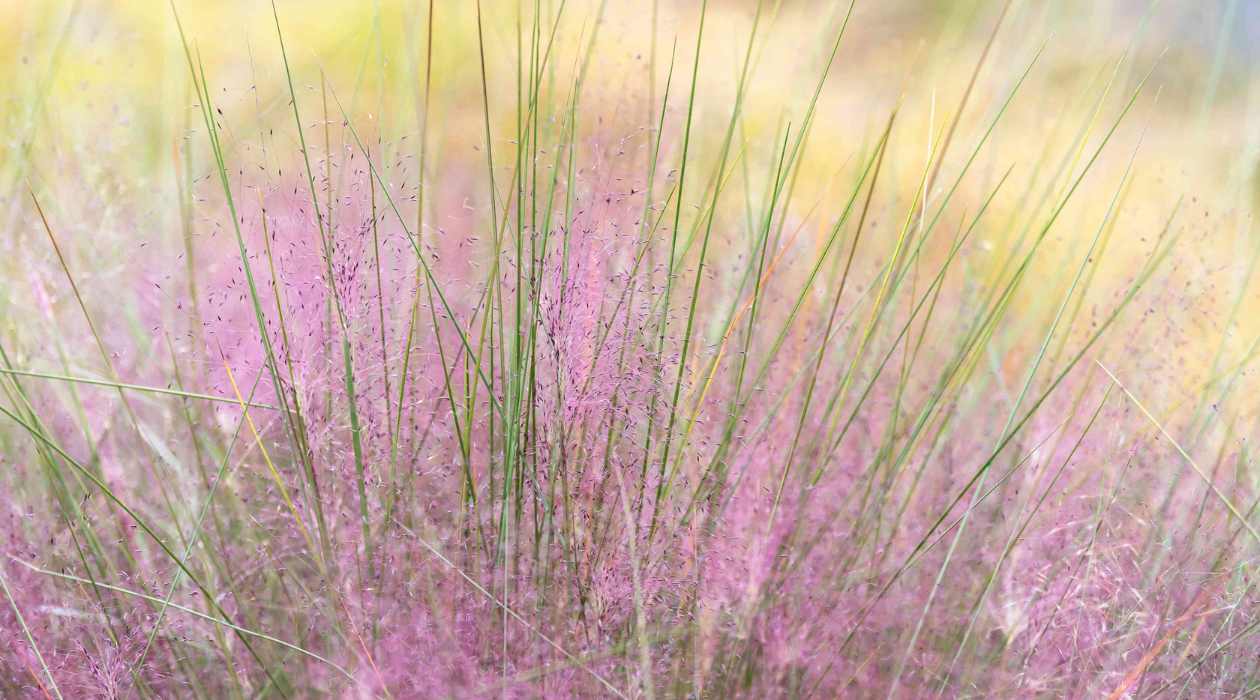
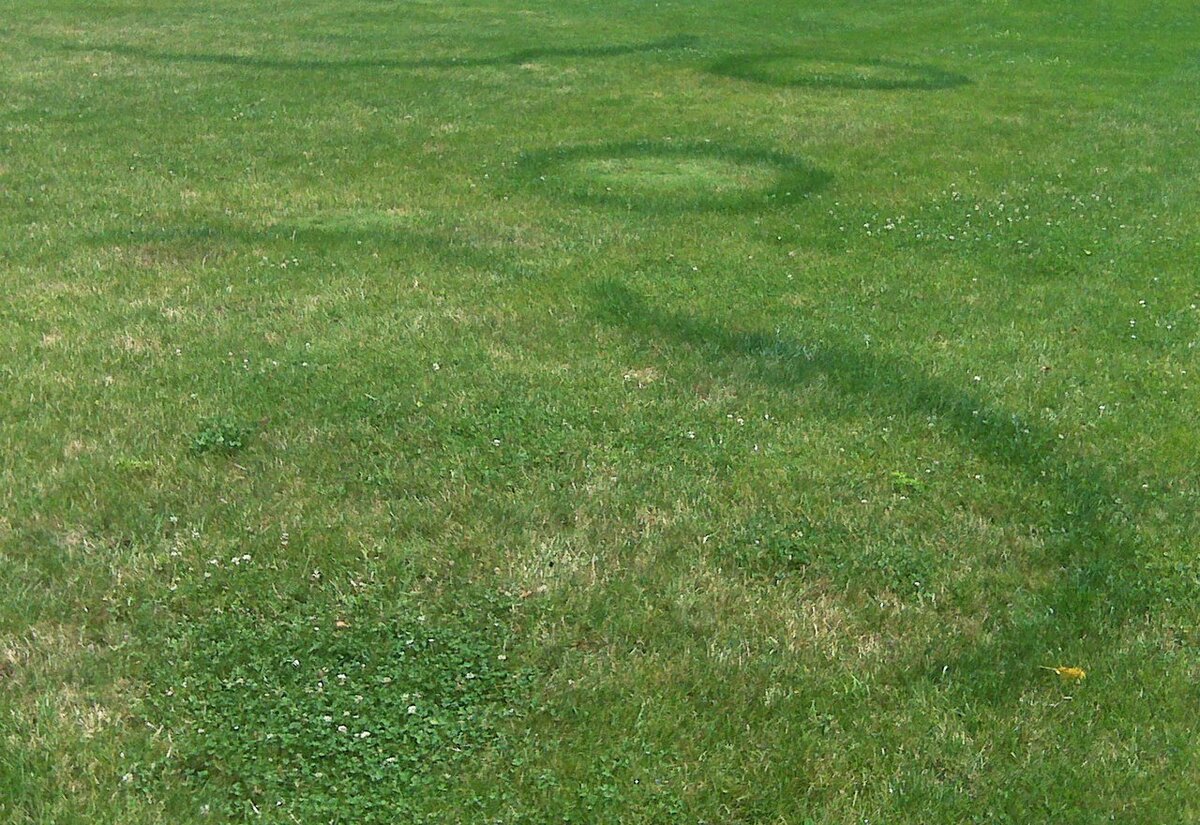
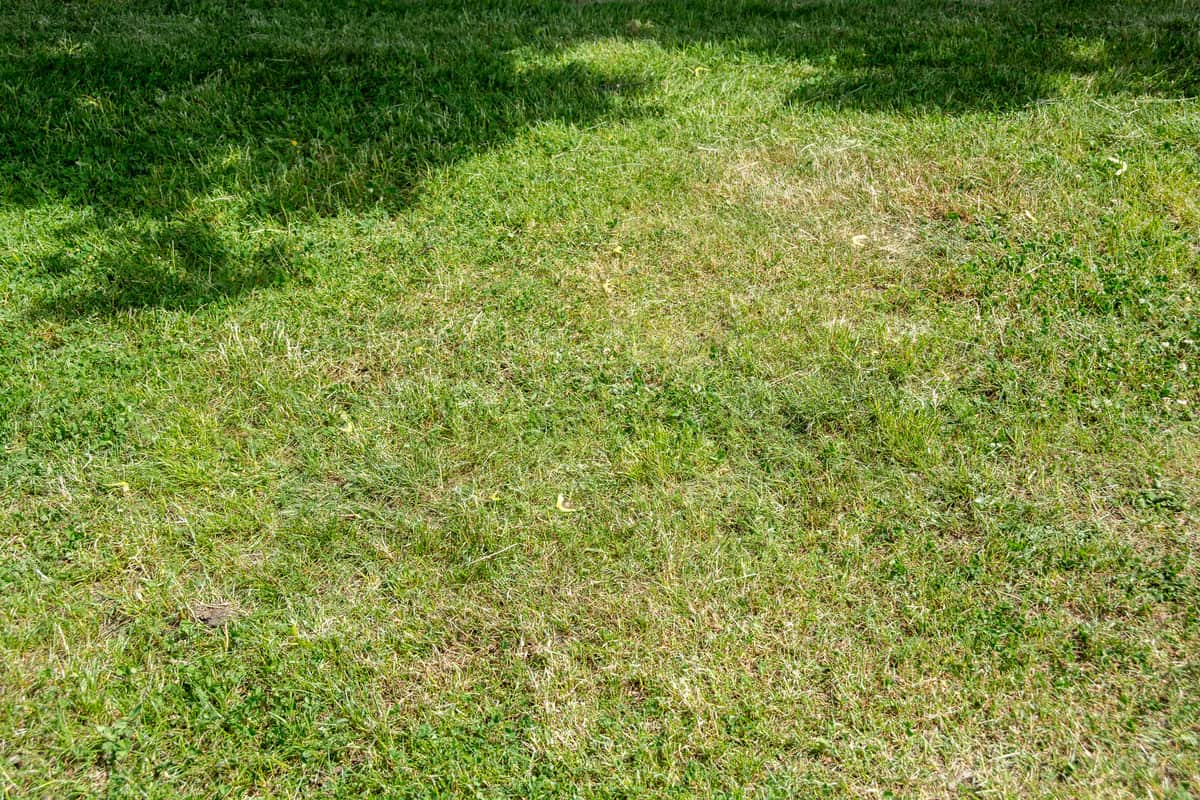
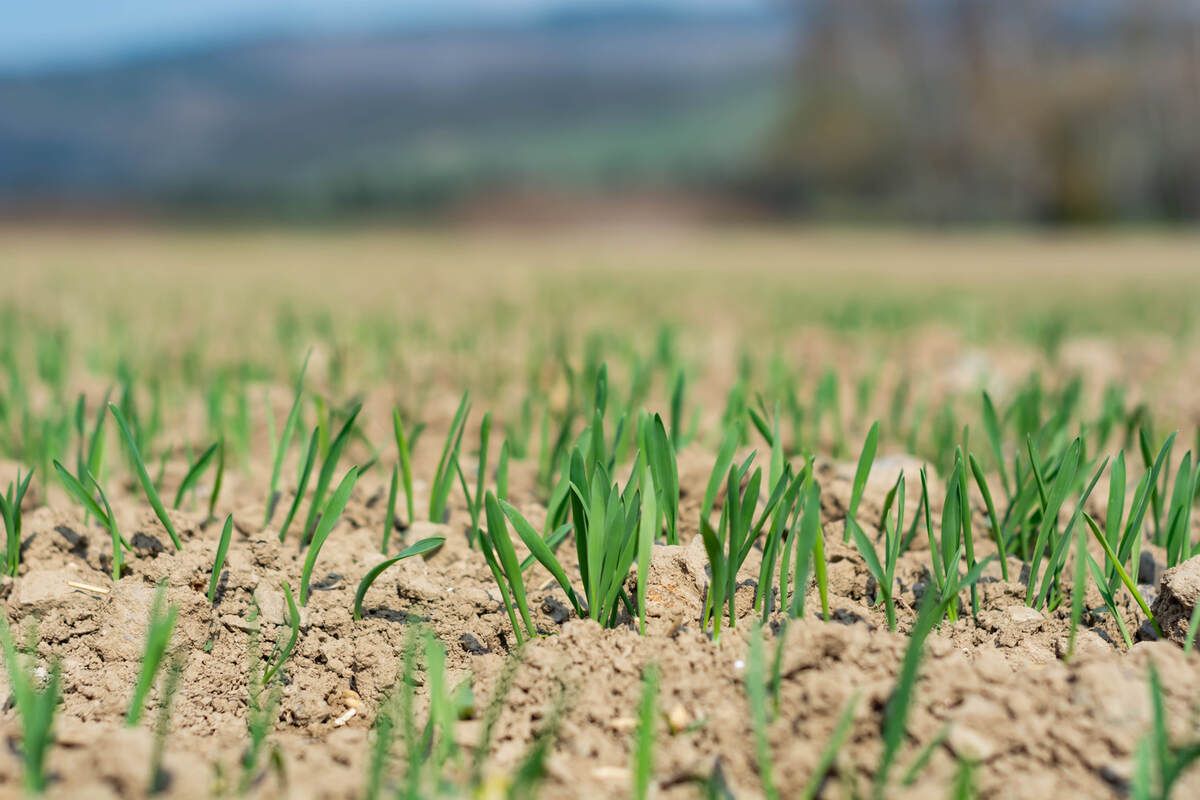
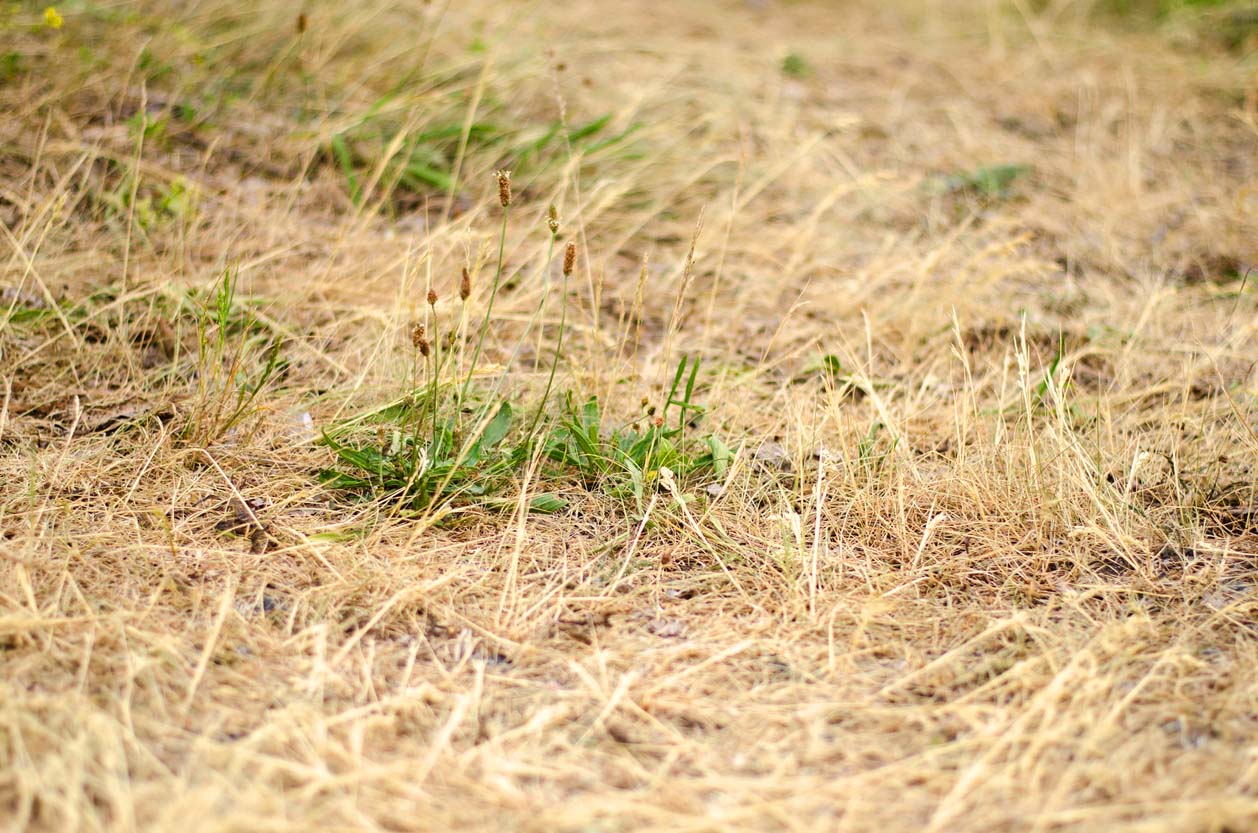
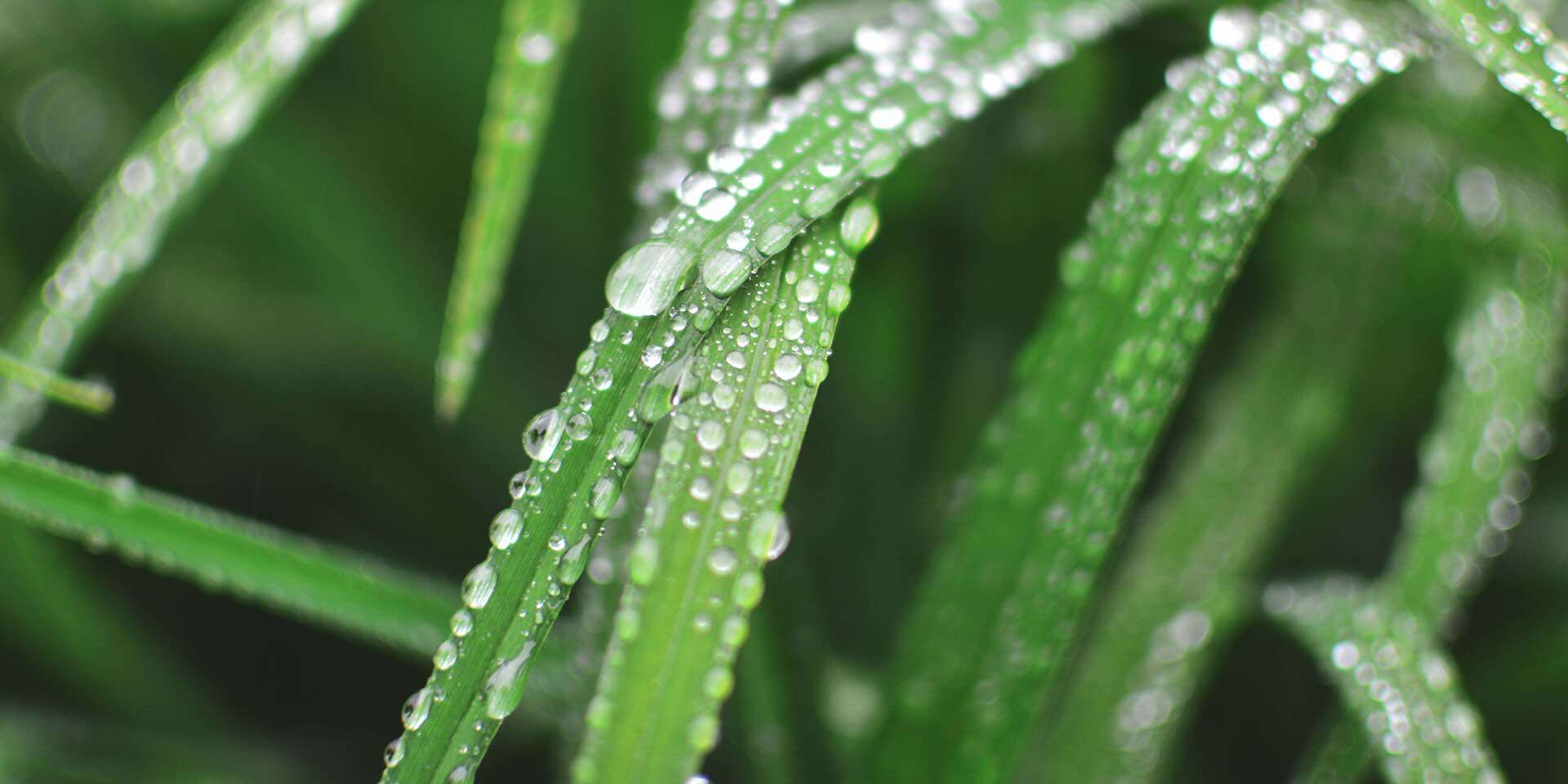
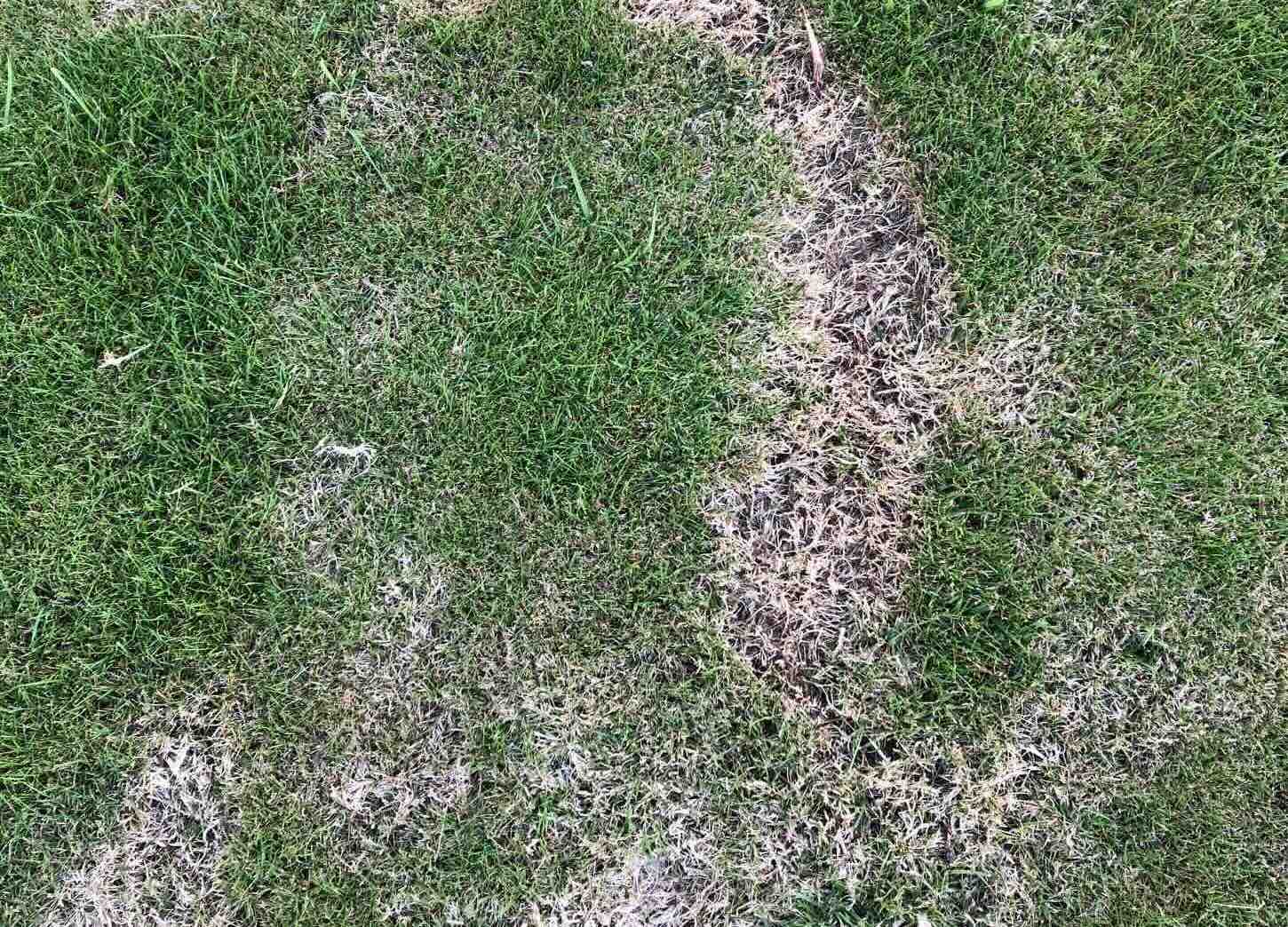
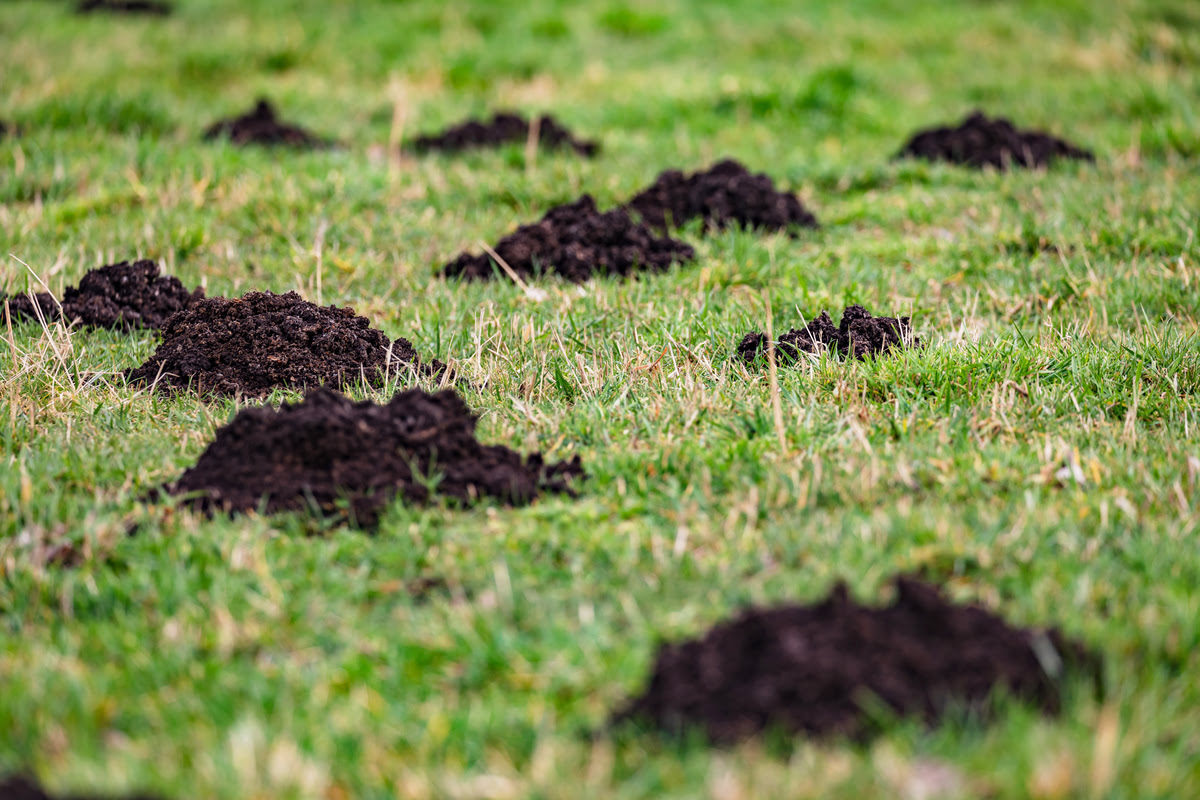
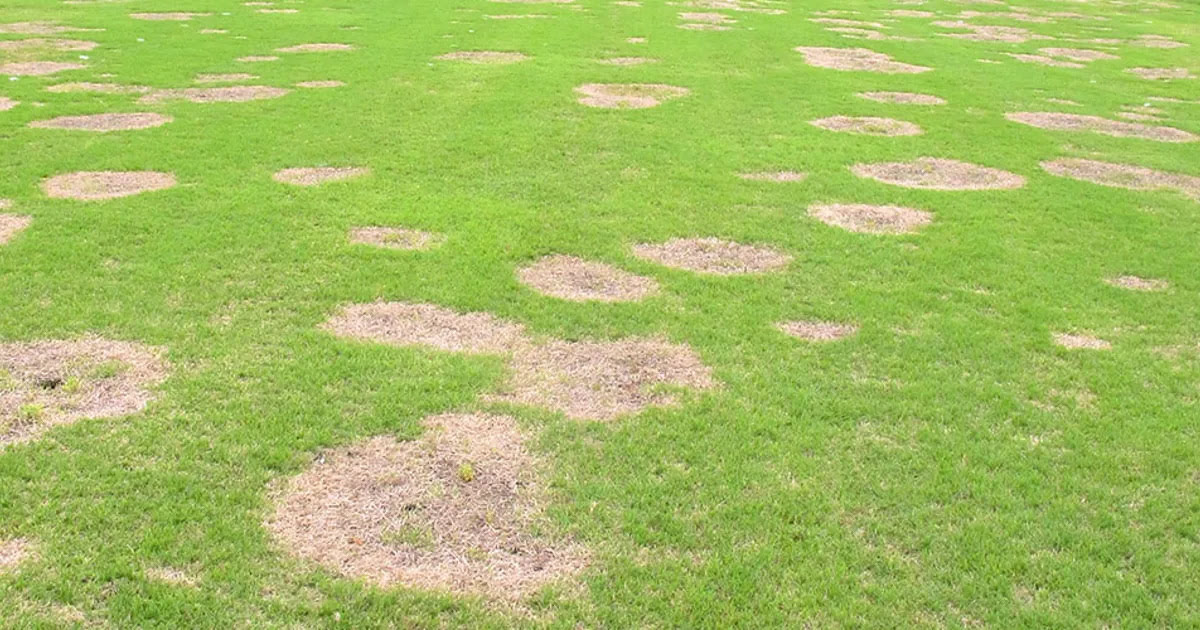
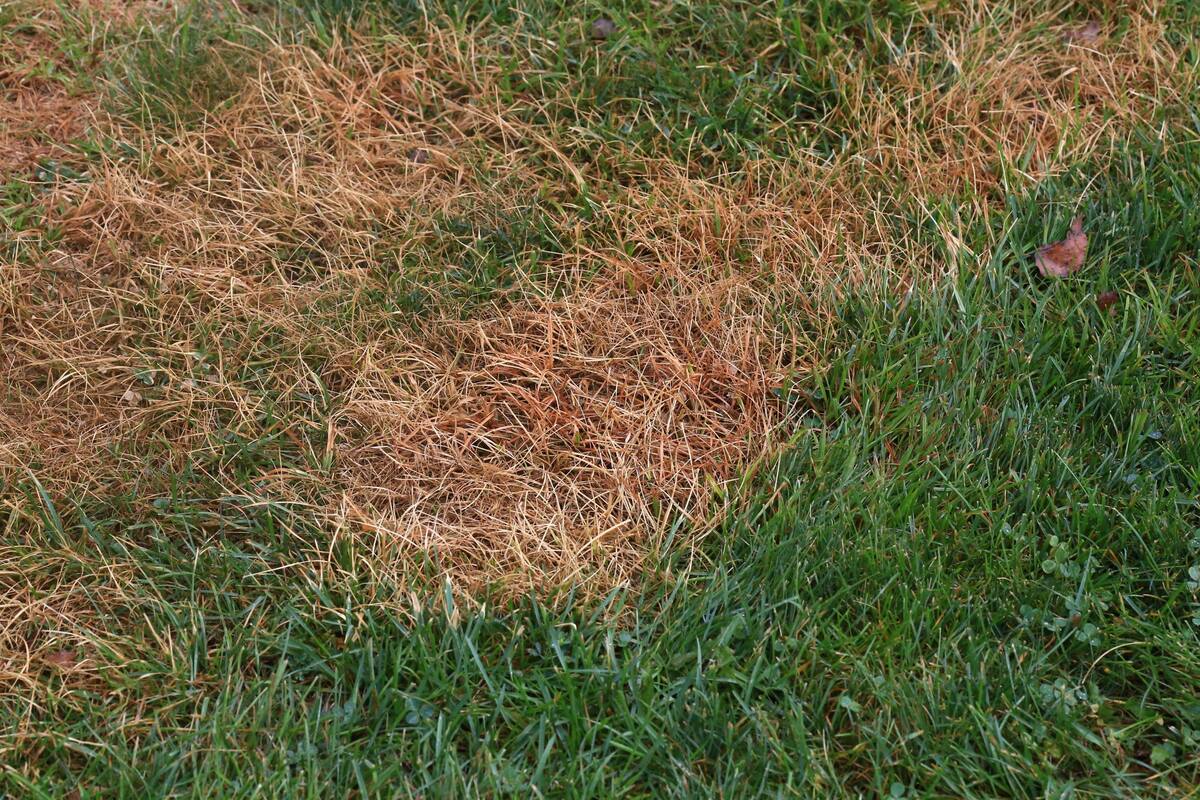

0 thoughts on “What Causes Red Thread In Grass”